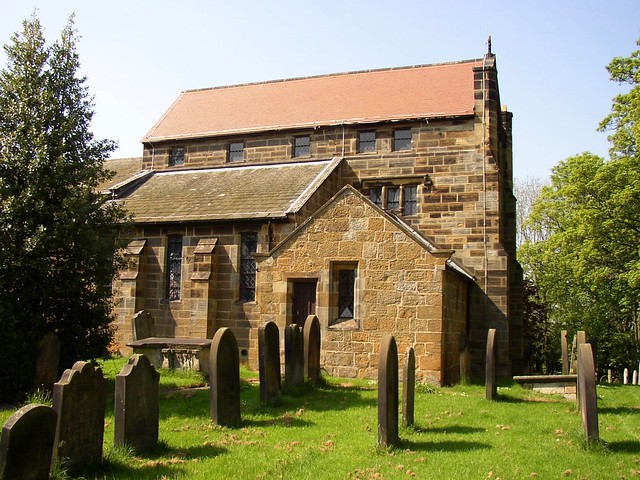A fine instance of Temple Moore's undogmatic approach to his craft: a church designed for low-church sensibilities by an avowedly high-church architect.
Moore worked carefully to fulfil the aspirations of his clients, even when his own religious instincts ran counter to theirs. Hence the plain wooden cross and restrained tracery at St Augustine's. It was an approach that paid off. The money for church restoration was often raised among the congregation themselves. Moore's tactful dealing meant that he was often asked back to do more work when the money became available. He returned to St Augustine's in 1909 to provide the reredos.
The restoration and rebuilding of St Augustine's cost £1,860, and Moore brought in his usual builder, Brotton of Bilsdale, to do the work.
Pevsner said of Moore's work here that it had “produced a fine, high piece with much that is individual”. However, he went on to lament the loss of the complete Georgian church of 1815 which Moore had gothicised: “if only it had been left alone”.
It's a clear indication of how much architectural tastes changed in the fifty years after Moore's death. When Pevsner was writing in the 1960's, Gothic Revival buildings were being pulled down and Sir George Gilbert Scott's masterpiece, the Midland Grand Hotel at St Pancras Station, was under threat of demolition. It is only relatively recently that the Gothic Revival has been re-evaluated and Temple Moore has come to be regarded as "arguably the greatest of all Victorian church architects", in the words of the architectural historian Gavin Stamp.
The chancel and fittings at St Augustine's were featured in the Architectural Room of the Royal Society of Arts Exhibition in London in 1907. The exhibition ran from 6th May until 5th August. During that time 290,836 people visited the exhibition to see the 1,845 works on display.
